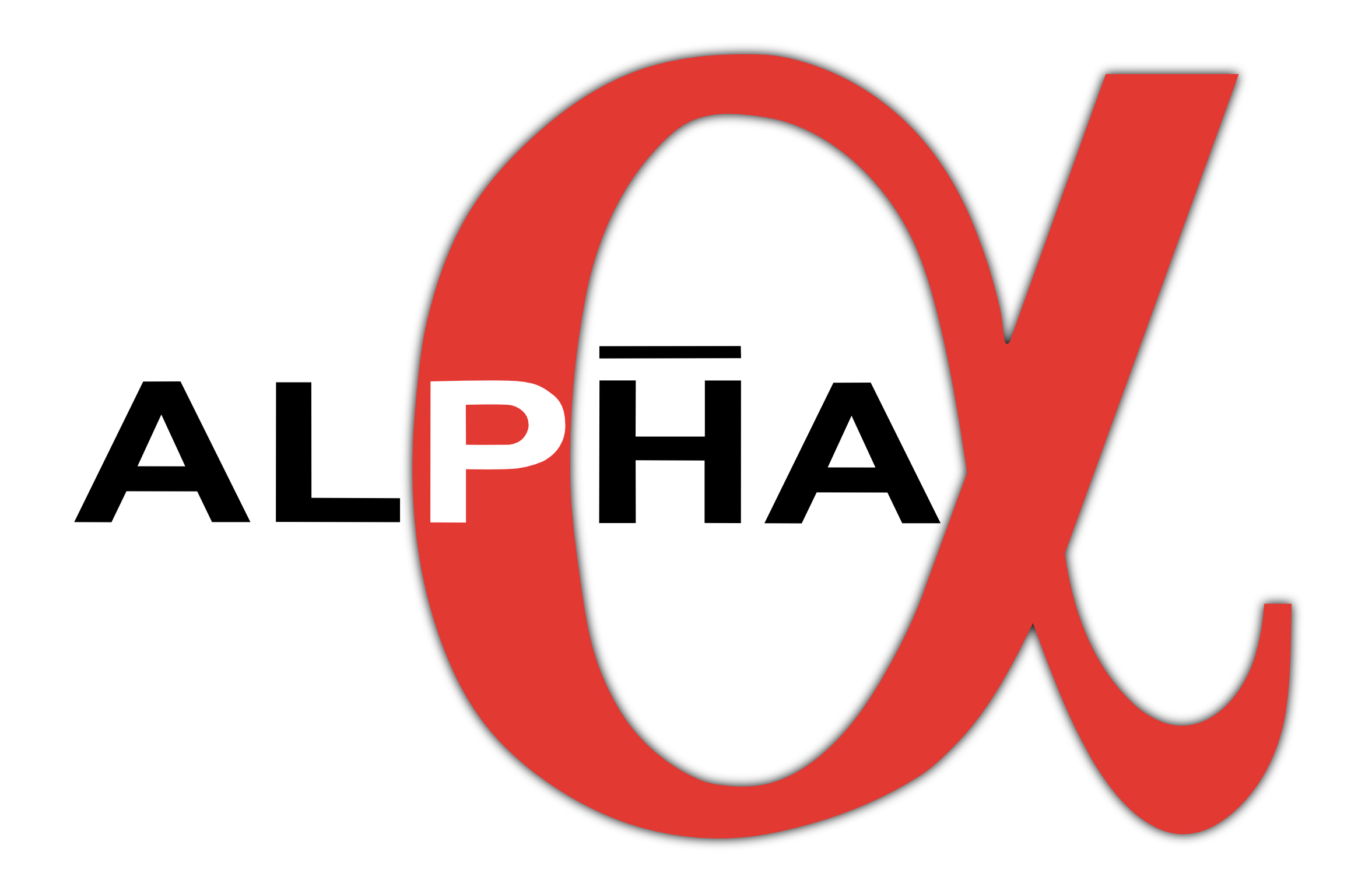We have demonstrated production of antihydrogen in a 1 T solenoidal magnetic field. This field strength is significantly smaller than that used in the first generation experiments ATHENA (3 T) and ATRAP (5 T). The motivation for using a smaller magnetic field is to facilitate trapping of antihydrogen atoms in a neutral atom trap surrounding the production region. We report the results of measurements with the Antihydrogen Laser PHysics Apparatus (ALPHA) device, which can capture and cool antiprotons at 3 T, and then mix the antiprotons with positrons at 1 T. We infer antihydrogen production from the time structure of antiproton annihilations during mixing, using mixing with heated positrons as the null experiment, as demonstrated in ATHENA. Implications for antihydrogen trapping are discussed.
G. B. Andresen, W. Bertsche, A. Boston, P. D. Bowe, C. L. Cesar, S. Chapman, M. Charlton, M. Chartier, A. Deutsch, J. Fajans, M. C. Fujiwara, R. Funakoshi, D. R. Gill, K. Gomberoff, J. S. Hangst, R. S. Hayano, R. Hydomako, M. J. Jenkins, L.V. Jørgensen, L. Kurchaninov, N. Madsen, P. Nolan, K. Olchanski, A. Olin, A. Povilus, F. Robicheaux, E. Sarid, D. M. Silveira, J.W. Storey, R. I. Thompson, D. P. van der Werf, J. S. Wurtele, and Y. Yamazaki
